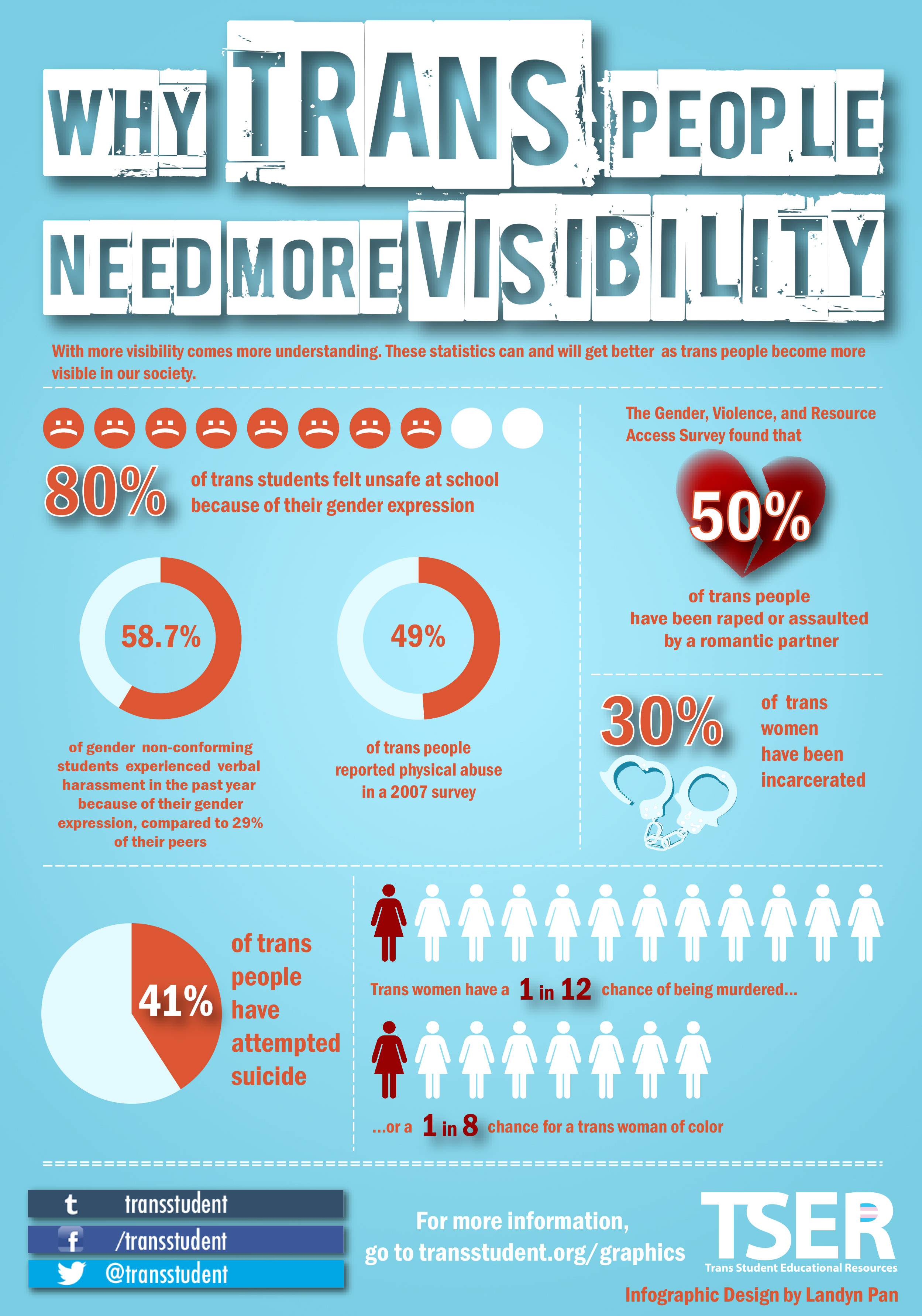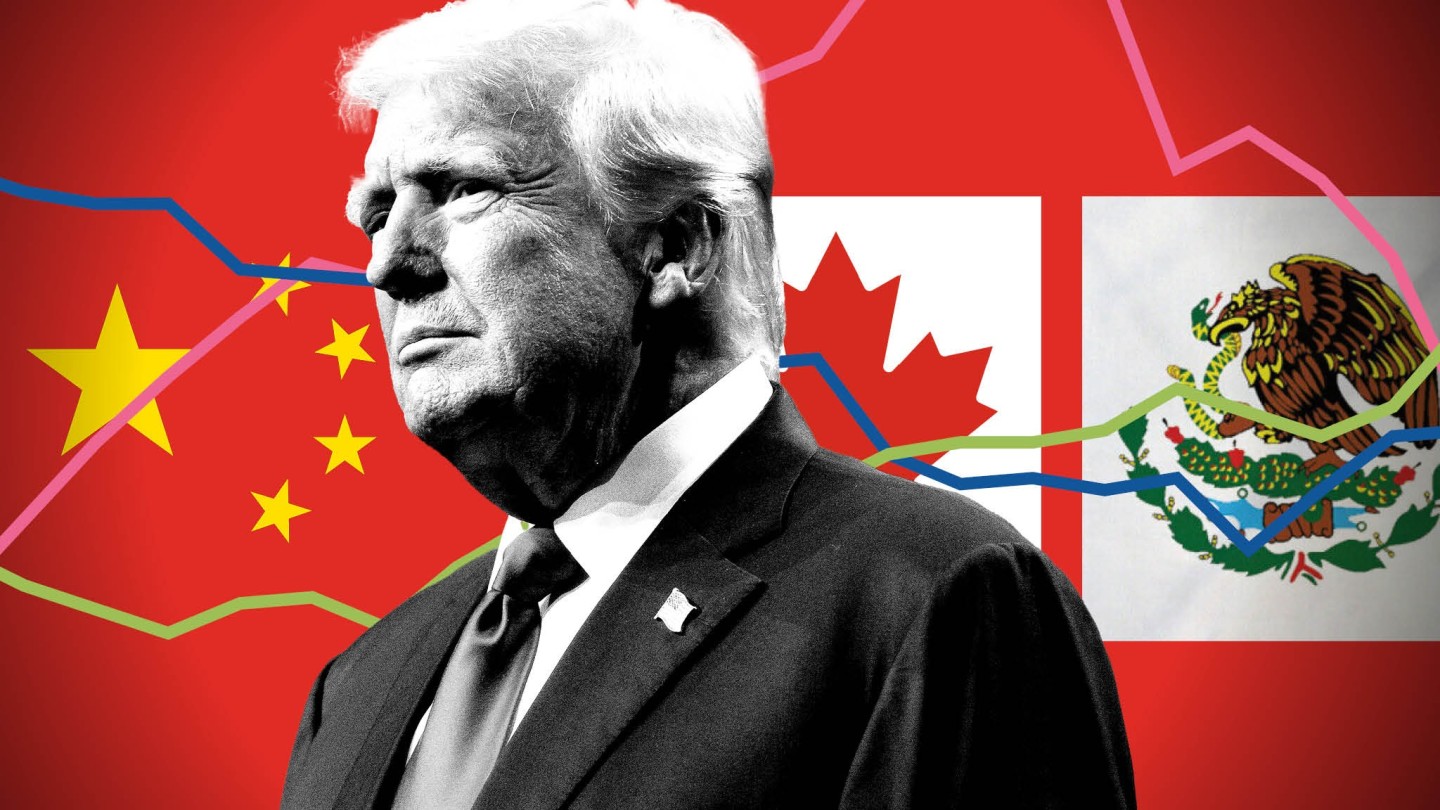International Transgender Day Of Visibility: Becoming A Stronger Ally

Table of Contents
Understanding Transgender Identities and Experiences
Defining Gender Identity vs. Gender Expression
It's vital to understand the difference between gender identity and gender expression. Gender identity is one's internal sense of being a man, a woman, both, neither, or somewhere else along the gender spectrum. Gender expression, on the other hand, refers to how someone outwardly presents their gender through clothing, behavior, and other means. These are distinct concepts, and one doesn't determine the other.
- Examples of Gender Identities: Transgender man, transgender woman, non-binary, genderfluid, agender, bigender, etc.
- Examples of Gender Expressions: Masculine, feminine, androgynous, etc.
Respecting individual identities is paramount. Avoid making assumptions about someone's gender identity based on their appearance or name. Always allow individuals to self-identify and use their preferred names and pronouns.
Common Misconceptions and Myths about Transgender People
Many harmful misconceptions surround transgender individuals. It's crucial to debunk these myths and replace them with accurate information.
- Myth: Being transgender is a mental illness. Fact: The World Professional Association for Transgender Health (WPATH) affirms that gender incongruence is not a mental disorder.
- Myth: Transgender people are trying to "trick" or "confuse" others. Fact: Transgender individuals are simply living authentically and deserve respect.
- Myth: Transgender women are not "real women." Fact: Transgender women are women. Their gender identity is valid and should be affirmed.
- Myth: Transgender identity is a recent phenomenon. Fact: Transgender people have existed throughout history and across cultures.
These are just a few examples; it's important to stay informed and challenge misinformation whenever you encounter it. Consult resources like the Human Rights Campaign (HRC) and GLAAD for accurate information.
The Impact of Transphobia and Discrimination
Transgender individuals face significant discrimination and violence across various aspects of their lives. This transphobia has devastating consequences.
- Healthcare: Many transgender individuals struggle to access appropriate and affirming healthcare, including gender-affirming surgeries and hormone therapy.
- Employment: Transgender people experience higher rates of unemployment and underemployment due to discrimination.
- Housing: Finding safe and affordable housing can be a significant challenge for transgender individuals.
- Violence: Transgender people, particularly transgender women of color, are disproportionately victims of violence and hate crimes.
Organizations like the National Center for Transgender Equality (NCTE) compile crucial statistics and reports on the challenges faced by the transgender community.
Practical Steps to Becoming a Better Ally
Using Inclusive Language
Using gender-affirming language is a simple yet powerful way to show your allyship. This includes using someone's correct name and pronouns.
- Examples of Inclusive Language: Instead of "guys," use "folks," "everyone," or "y'all." Avoid gendered assumptions in your language.
- Asking for Pronouns: It's perfectly acceptable to politely ask, "What pronouns do you use?" Respect their answer and use them consistently.
- Resources: Many online resources provide guidance on gender-neutral language and pronoun usage.
Educating Yourself and Others
Continuous learning is key to becoming a better ally. Actively seek out information and challenge your own biases.
- Resources: Read books, articles, and watch documentaries about transgender experiences. Support transgender voices and perspectives.
- Active Listening: Engage in respectful conversations, listening more than you speak. Be open to learning and challenging your assumptions.
Supporting Transgender Rights and Advocacy
Support organizations dedicated to transgender rights and equality. Your actions can make a real difference.
- Organizations: Donate to or volunteer with organizations like the ACLU, PFLAG, and GLAAD.
- Advocacy Actions: Sign petitions, contact elected officials, and speak out against discrimination.
Creating Safe and Inclusive Spaces
Make a conscious effort to create safe and welcoming environments for transgender individuals.
- Gender-Neutral Restrooms: Advocate for gender-neutral restrooms in public spaces.
- Challenging Transphobia: Speak up when you witness transphobic comments or behaviors.
- Inclusivity in Workplaces and Schools: Promote policies and practices that support transgender inclusion.
Celebrating International Transgender Day of Visibility
Ways to Participate and Show Support
There are many ways to celebrate ITDoV and show your support.
- Attend Events: Look for local events and gatherings celebrating transgender individuals.
- Social Media: Share information and resources on social media using hashtags like #ITDoV and #TransgenderDayOfVisibility.
- Donations: Donate to transgender-focused charities and organizations.
- Education: Share information with friends and family to increase awareness.
Amplifying Transgender Voices
Center the voices and perspectives of transgender individuals.
- Share Content: Share articles, videos, and artwork created by transgender people.
- Support Transgender Artists: Support and promote the work of transgender artists and creators.
- Respectful Conversations: Engage in respectful and meaningful conversations with transgender individuals.
Conclusion
International Transgender Day of Visibility is a vital moment for reflection and action. By understanding transgender identities and experiences, using inclusive language, supporting transgender rights, and creating safe spaces, we can all be stronger allies. Remember the key takeaways: learn about the challenges faced by transgender people, actively listen and engage in respectful dialogue, and use your voice to advocate for equality. Let's continue to build a more inclusive and equitable world for transgender people. Be a part of making every day a day of visibility for transgender individuals. Share this article and spread awareness using #ITDoV and #TransgenderDayOfVisibility. Let's work together to create a world where all transgender people feel safe, valued, and celebrated.

Featured Posts
-
 Sudden Shift White House Withdraws Nomination Chooses Maha Influencer For Surgeon General
May 10, 2025
Sudden Shift White House Withdraws Nomination Chooses Maha Influencer For Surgeon General
May 10, 2025 -
 Post Canada Rift Chinas Canola Import Strategy
May 10, 2025
Post Canada Rift Chinas Canola Import Strategy
May 10, 2025 -
 Frantsiya I Polsha Makron I Tusk Podpishut Vazhniy Dogovor
May 10, 2025
Frantsiya I Polsha Makron I Tusk Podpishut Vazhniy Dogovor
May 10, 2025 -
 Trumps Trade Policy 10 Tariff Unless Exceptional Circumstances
May 10, 2025
Trumps Trade Policy 10 Tariff Unless Exceptional Circumstances
May 10, 2025 -
 Elon Musks Financial Journey From Pay Pal To Space X And Tesla
May 10, 2025
Elon Musks Financial Journey From Pay Pal To Space X And Tesla
May 10, 2025
